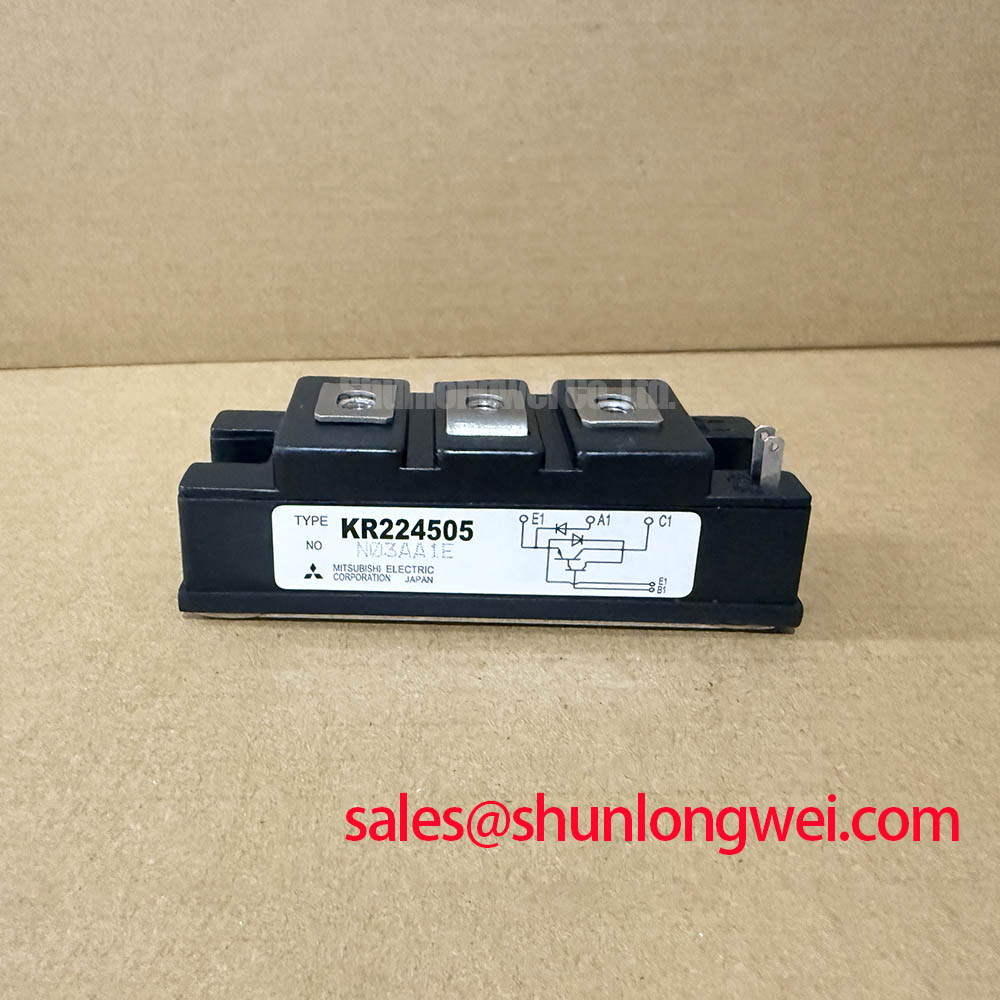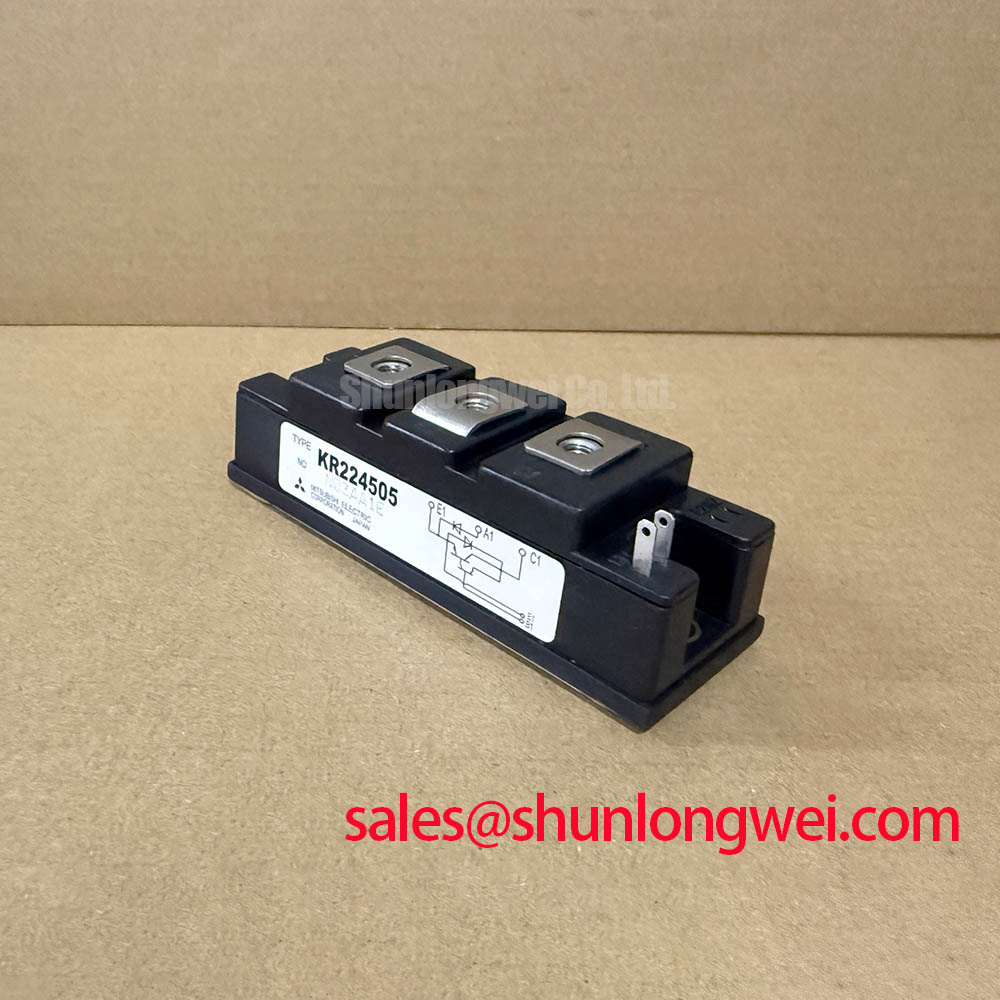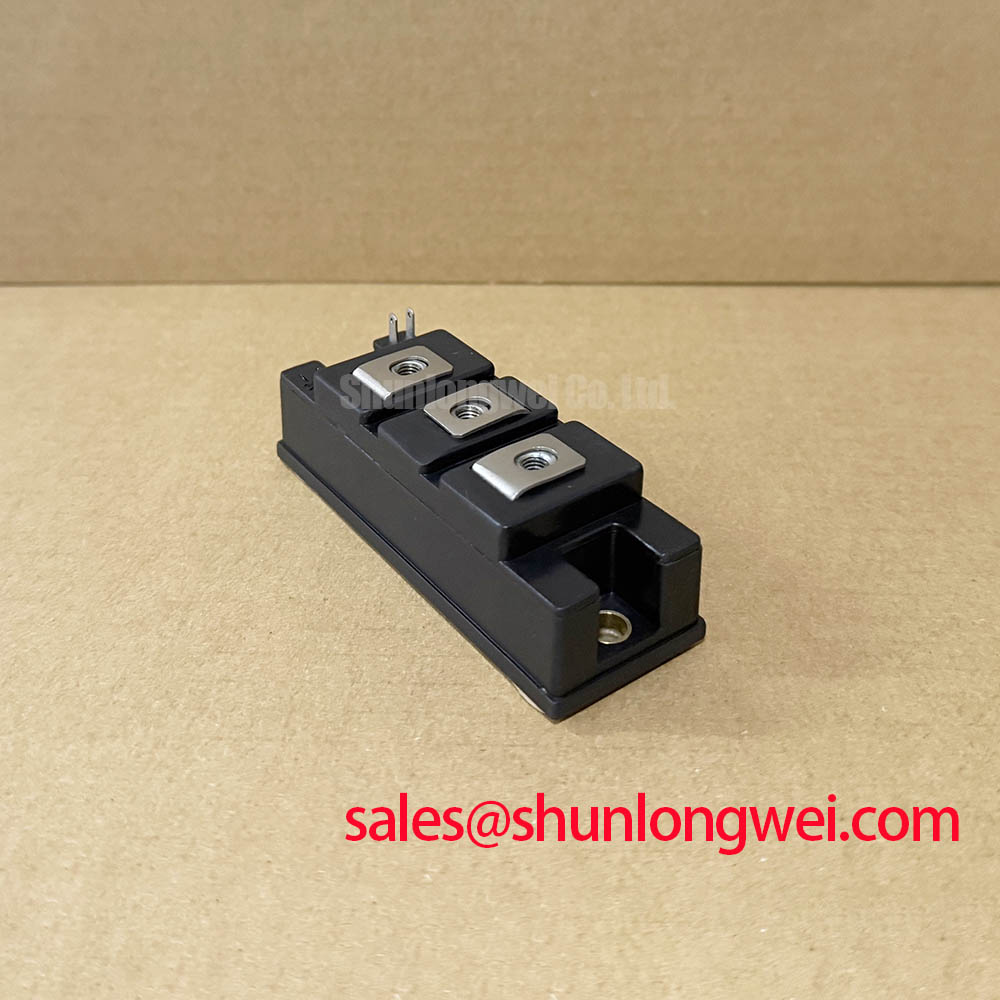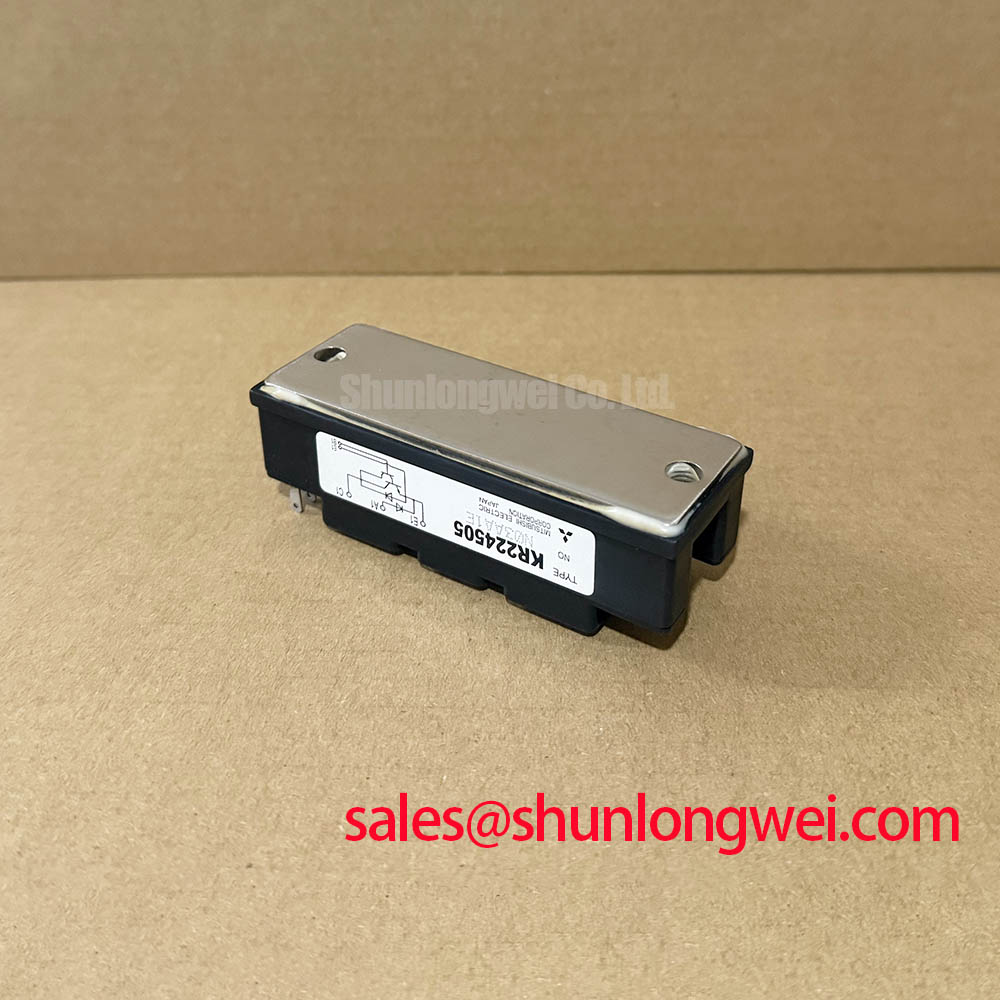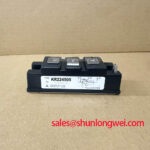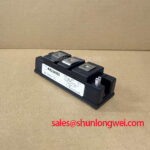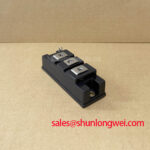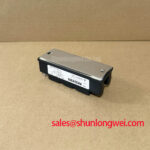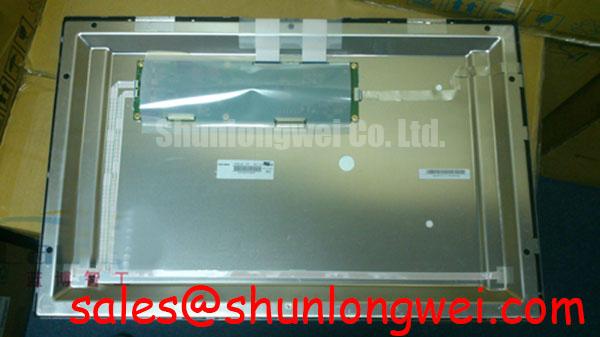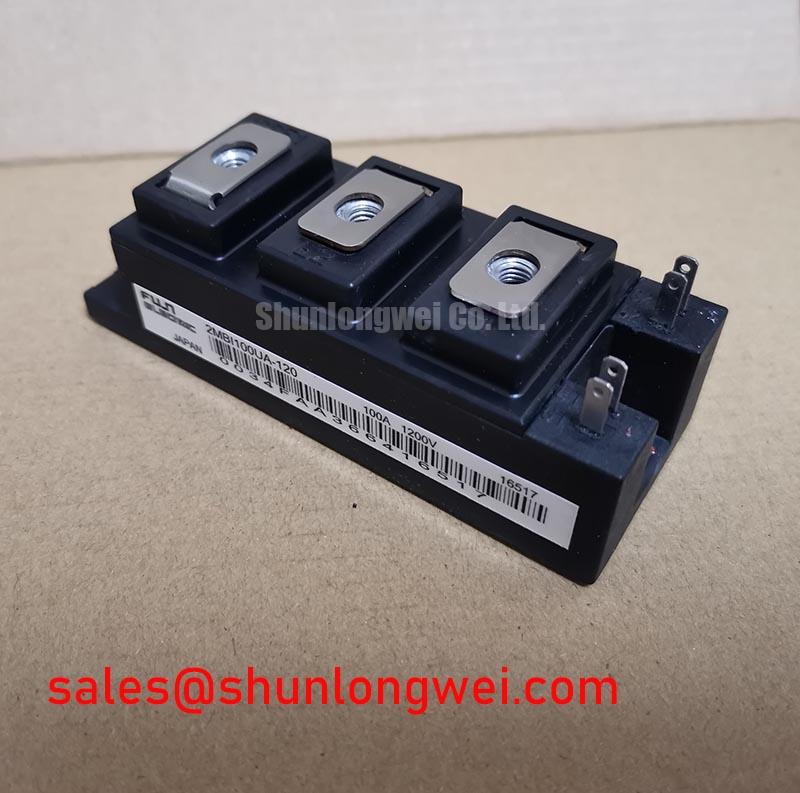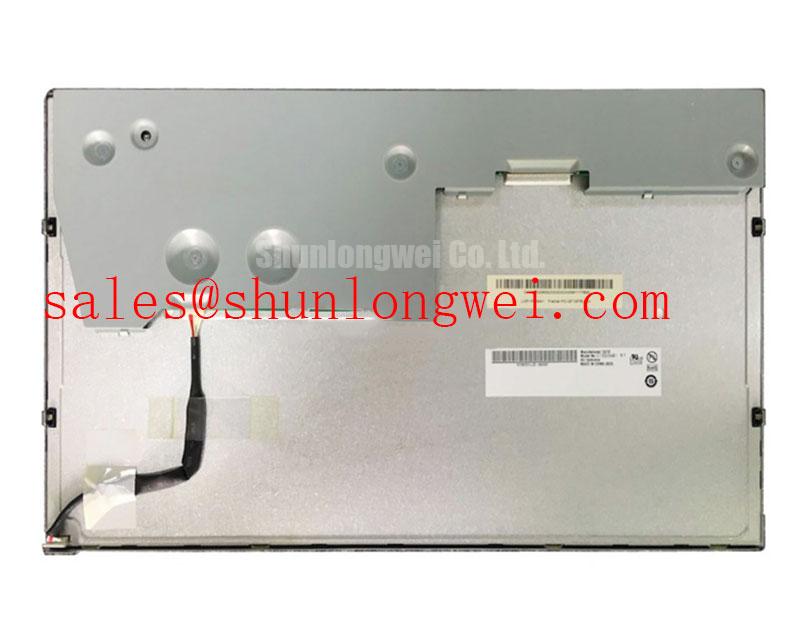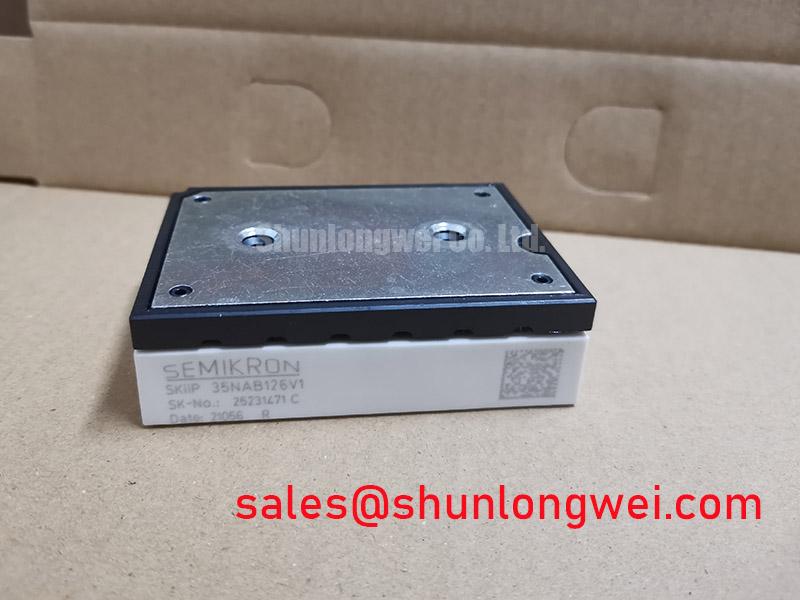KR224505: High-Reliability 4500V, 5A Hermetic Rectifier Diode Module
An In-Depth Engineering Review
Content last revised on October 19, 2025.
The KR224505 is a high-voltage rectifier diode module engineered for exceptional reliability in severe thermal and environmental applications. This single-diode device delivers a robust 4500V reverse voltage rating, a 5A average forward current, and an exceptionally wide operating junction temperature range of -55°C to +175°C. Its key benefits include superior environmental immunity and predictable avalanche protection. It directly addresses the need for a durable, high-voltage rectification solution in applications where standard plastic modules would fail due to temperature extremes, high altitude, or moisture ingress. For high-voltage capacitor charging power supplies demanding proven long-term reliability, the KR224505's hermetically sealed design is the definitive choice.
Key Parameter Overview
Decoding the Electrical and Thermal Specs for High-Reliability Designs
The performance of the KR224505 is defined by its electrical and thermal characteristics, which are optimized for stability and longevity in demanding power systems. The following table highlights the key specifications derived directly from the official manufacturer's datasheet.
| Parameter | Value | Engineering Significance |
|---|---|---|
| Peak Repetitive Reverse Voltage (VRRM) | 4500 V | Provides substantial design margin for operation in multi-kilovolt DC systems, ensuring resilience against voltage transients. |
| Average Forward Current (IFAV) | 5 A (@ TC = 125°C) | Specifies the continuous current handling capability at an elevated case temperature, critical for thermal design calculations. |
| Maximum Forward Voltage Drop (VFM) | 6 V (@ 5A, TJ = 25°C) | A key determinant of conduction losses (P = VF * IF). This value is essential for calculating the required heatsink performance to maintain optimal junction temperature. |
| Reverse Recovery Time (trr) | 300 ns (Typical) | Indicates the switching speed of the diode. This value is suitable for line-frequency rectification and moderate-frequency applications like snubber circuits. |
| Thermal Resistance, Junction-to-Case (Rth(j-c)) | 0.8 °C/W (Max) | Measures the efficiency of heat transfer from the silicon die to the module's case. A lower value signifies superior heat extraction, enabling higher power density or operation in hotter environments. |
| Operating Junction Temperature (TJ) | -55°C to +175°C | An exceptionally wide range confirming the device's suitability for aerospace, defense, and heavy industrial applications with extreme ambient temperatures. |
Download the KR224505 datasheet for detailed specifications and performance curves.
Application Scenarios & Value
System-Level Advantages in Demanding High-Voltage Environments
The robust construction and high voltage rating of the KR224505 make it a prime component for systems where operational failure is not an option. Its value extends beyond its electrical ratings to the system-level reliability it enables.
A high-fidelity engineering scenario is in the power supply for a Traveling-Wave Tube (TWT), often used in satellite communication and radar systems. The primary challenge in these TWT power supplies is maintaining a stable, high-voltage DC rail across extreme temperature swings and in the vacuum of high altitudes. The KR224505's hermetically sealed ceramic package is critical here, as it prevents material outgassing that could contaminate sensitive optics and ensures structural integrity against thermal cycling. Its 4500V rating provides the necessary headroom for the high-voltage rectification stage, while the controlled avalanche characteristic adds a layer of protection against unexpected system transients.
- High-Voltage Power Supplies: Ideal for rectification stages in industrial lasers, X-ray generators, and particle accelerators.
- Capacitor Charging Circuits: Provides reliable performance in pulsed power applications, including high-energy pulse-forming networks (PFN).
- Crowbar and Snubber Circuits: Its rugged design allows it to safely handle high transient energy, protecting more sensitive downstream components.
- Aerospace & Defense: Suited for power conversion and distribution in avionics and ground-based military hardware operating in harsh conditions.
While the KR224505 is engineered for multi-kilovolt systems, applications operating on standard 400V/690V industrial lines might utilize modules like the MDD95-12N1B, which is rated for 1200V.
Frequently Asked Questions (FAQ)
Engineering Questions on the KR224505's High-Voltage Performance
What is the primary advantage of the KR224505's hermetically sealed ceramic package over a standard plastic module?
The primary advantage is environmental immunity. The brazed, all-ceramic package provides a true hermetic seal, making it impervious to moisture, humidity, and atmospheric contaminants that can cause corrosion and electrical breakdown in plastic modules over time. This ensures superior long-term reliability in harsh industrial, aerospace, or marine environments.
How does the 300 ns reverse recovery time (trr) influence the KR224505's suitability for different applications?
A trr of 300 ns is well-suited for 50/60/400 Hz line frequency rectification and for use in high-voltage snubber circuits where it needs to turn off cleanly but not at the ultra-high speeds required for MHz-level switch-mode power supplies. It represents a balance between switching performance and ruggedness.
Can the KR224505 be used in series for applications exceeding 4500V?
Yes, series-stacking of diodes is a common technique for achieving very high blocking voltages. When using the KR224505 in series, it is critical for engineers to implement proper voltage balancing, typically with parallel resistors and capacitors for each diode, to ensure voltage is shared equally during both static and dynamic conditions.
What does 'controlled avalanche characteristics' mean for system-level ruggedness?
It means the diode is designed to safely withstand and dissipate energy during reverse-bias overvoltage events that exceed its VRRM rating, up to its specified avalanche energy limit. This acts as a built-in safety valve, enhancing the module's ability to survive transients without failure, thereby improving the overall robustness of the power system. For a deeper understanding of device limits, it is helpful to review general documentation on SOA (Safe Operating Area).
How does the forward voltage drop (VFM) of 6V impact thermal design considerations?
The 6V VFM is a direct input for calculating conduction losses. At its 5A rated current, the module will dissipate approximately 30 watts (P = 6V * 5A). The thermal design, specifically the heatsink selection, must be sufficient to dissipate this heat and keep the junction temperature below the 175°C maximum, based on the 0.8 °C/W thermal resistance. This calculation is a foundational step in ensuring system reliability. You can explore this topic further in our guide on unlocking IGBT thermal performance.
Technical Deep Dive
Inside the KR224505: The Engineering Behind its Hermetically Sealed Ceramic Construction
The exceptional durability of the KR224505 is not an accident; it is a direct result of its materials and construction methodology, which stand in stark contrast to conventional plastic-encapsulated power modules. The core of this design is its brazed, all-ceramic, hermetically sealed package.
Unlike plastic modules that rely on solder and thermal grease interfaces, the KR224505 employs a high-temperature brazing process to create a direct, void-free metallurgical bond between the silicon die, the electrodes, and the ceramic housing. This approach yields two decisive engineering advantages. First, it creates an extremely efficient thermal pathway, which is reflected in the low junction-to-case thermal resistance (Rth(j-c)). Think of this as a solid, wide-open channel for heat to escape, compared to the layered and less-efficient path in a standard module. This efficiency is key to maintaining stable operation at high temperatures.
Second, this construction method eliminates the primary failure mode of many power modules: solder fatigue. In systems subjected to frequent on/off cycles or wide temperature swings, the differing thermal expansion rates of materials in a standard module cause stress in the solder layers, leading to micro-cracks and eventual failure. The brazed assembly of the KR224505 is significantly more resilient to this type of stress, ensuring mechanical and electrical integrity over thousands of demanding thermal cycles, which is a non-negotiable requirement in high-reliability systems.
An Engineer's Perspective on Deployment
From a design engineer's viewpoint, the KR224505 is a component that solves problems beyond simple rectification. It is a "design-in and forget" solution for the high-voltage, high-stress portion of a power system. Its selection simplifies the mechanical and environmental design considerations, potentially reducing the need for conformal coating, complex housing seals, or sophisticated climate control. The upfront investment in a hermetically sealed component often translates to a lower total cost of ownership by drastically improving field reliability and reducing the probability of costly, mission-ending failures.

